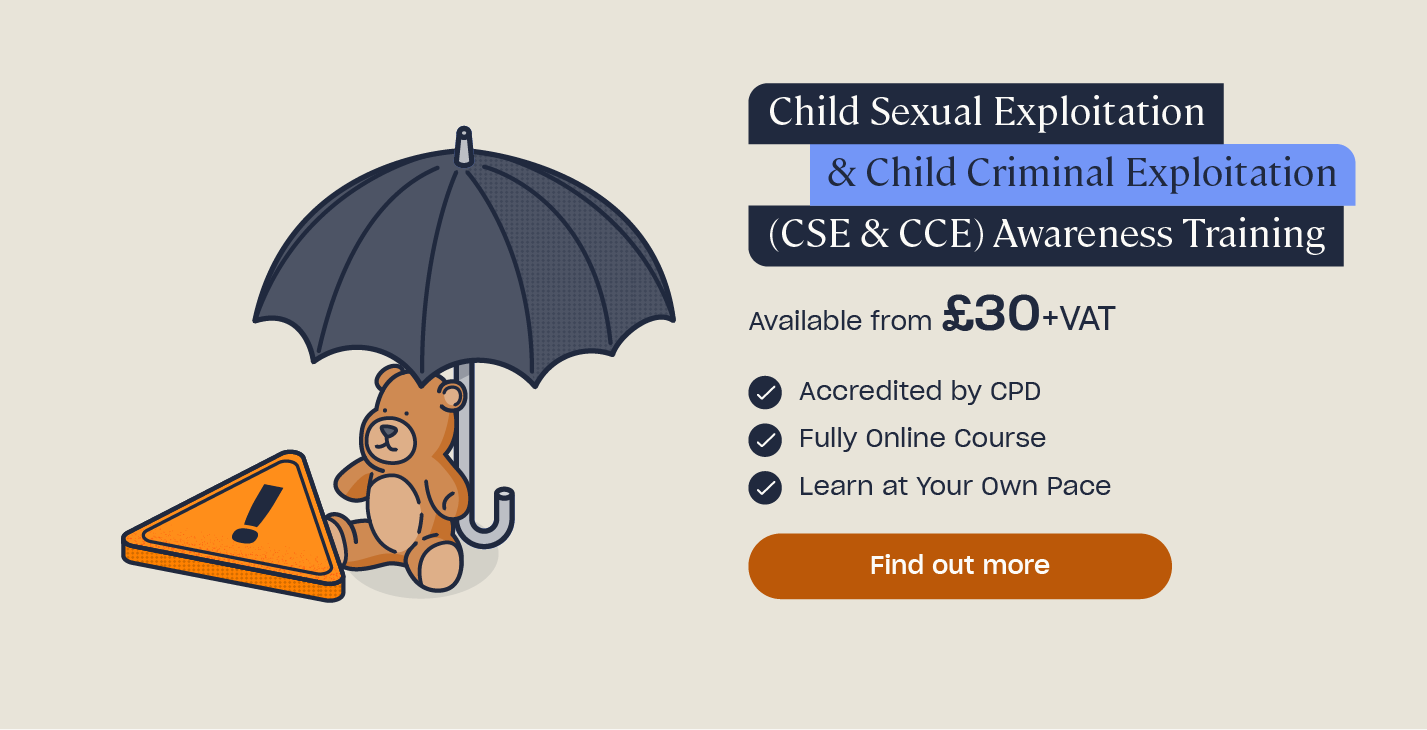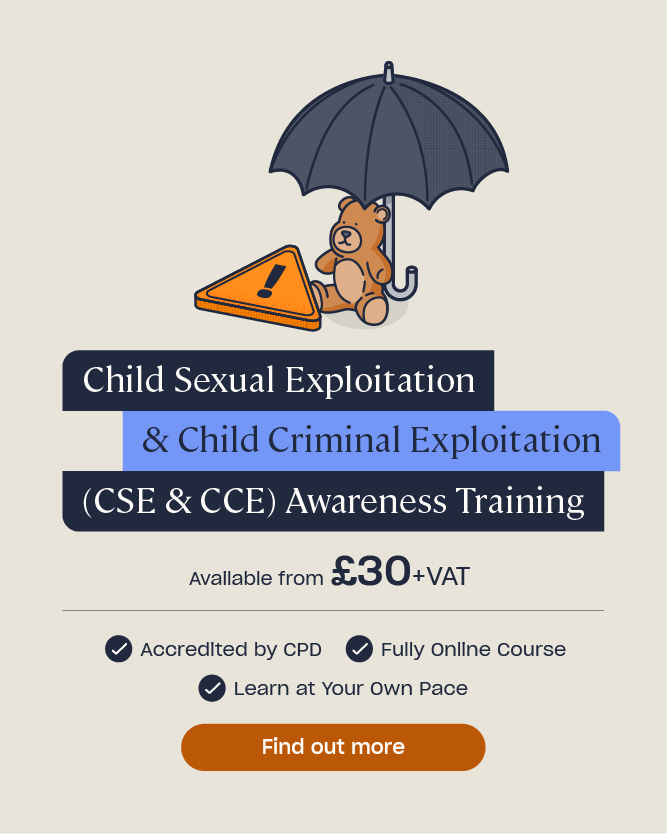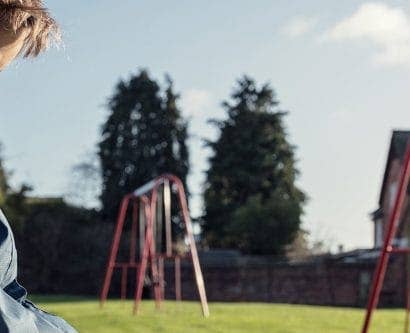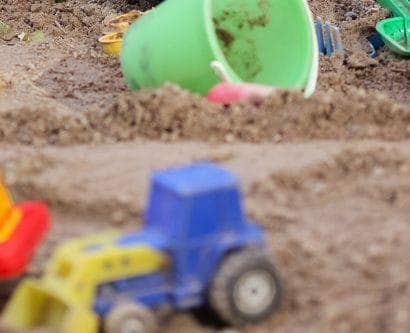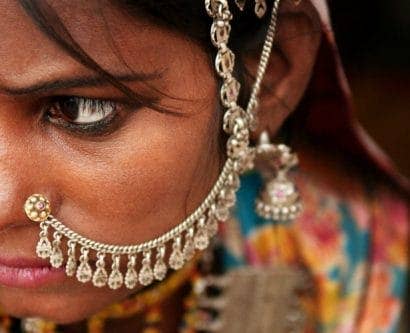Warning Signs of Child Sexual Exploitation (CSE)
Children who are caught in the middle of sexual exploitation often display a range of behaviours which act as a tell-tale sign that something isn’t quite right. Some of these behaviours are subtle changes that are hard to detect while others – like health issues – are easier to spot.
Whether you’re a parent, a carer or someone who works alongside children, having an awareness of the potential warning signs of CSE is essential.
Carefully monitor any behaviour that’s out of the ordinary for the child in question, and report your concerns to the relevant authorities as soon as possible. It’s not always the case that something’s amiss, but the more alert you can be, the better.
What Are The Signs of Child Sexual Exploitation?
1. Behavioural Changes
In the early stages of grooming, children at risk often do not display behaviours which suggest that something negative is happening to them. In fact, behaviours may be initially positive, as the child believes they are in the midst of a blossoming romance. Perpetrators are often skilled at boosting the exploited child’s ego and making them feel cared for and loved In the early stages, a child may seem newly happy and confident.
However, once these emotions wear off, children adopt a variety of coping methods to deal with what’s happening to them. The key is to look out for behaviours that are uncharacteristic.
Examples of behavioural warning signs to look out for are:
- Defensiveness or aggressiveness.
- Secretiveness.
- Depression, anxiety or being overly tearful.
- Attention seeking.
- Trouble sleeping.
- Difficulty concentrating at school.
2. Changes to Normality
Many of the warning signs of child sexual exploitation reveal themselves in the child’s day-to-day routine.
For example, has the child begun using their mobile phone, tablet or computer in an excessive or obsessive manner? Many children can seem glued to their devices but keep an eye out for secretive behaviour or new gadgets that seem to have appeared out of the blue. Do they have a new mobile phone or an alternative sim card?
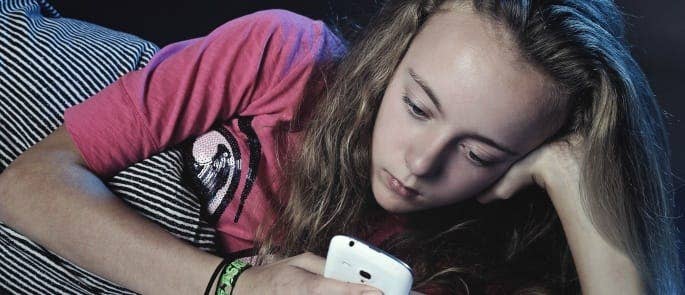
Secondly, consider the child’s normal friendship group. Has the child fallen out with their friends or reduced the amount of contact that they have with them? The child may withdraw from their usual social circle and begin associating with others that they wouldn’t usually hang out with, who you haven’t seen before or who have no link to the child. They may be considerably older than the child in question.
Also, look out for changes in the child’s appearance. It’s perfectly normal for a young teen to take pride in their appearance, wear more makeup or style their hair, so it can be difficult to identify this as a cause for concern. However, girls, in particular, may begin wearing fancy clothes and jewellery that they can’t afford or dress in a more adult way than usual if they are caught up in sexual exploitation. As the exploitation continues, a child may begin to display more concerning behaviours such as sudden weight loss, a lack of personal hygiene or a gaunt appearance.
Need a Training Course?
Our Child Sexual Exploitation Training helps practitioners to understand the complexities involved with child sexual exploitation issues and be aware of how to recognise it, who is most at risk, why young people respond in the way that they do and how children become implicated in CSE.
3. More Dramatic Behaviour Changes
Sexual exploitation can also lead to dangerous behaviour changes which are alarming for any parent or carer. Again, these warning signs don’t always indicate exploitation and are sometimes just part of a rebellious child’s development, but never dismiss them without investigation. For example:
- Frequently missing days from school, exclusion from school or regularly going missing, even just for an evening.
- Beginning to use alcohol or drugs.
- Disappearing for nights at a time or being found booking hotel rooms.
- Behaving in a sexually suggestive or aggressive manner towards adults.
- Getting in trouble with the police.
- Claiming that they’ve been assaulted but then withdrawing the allegation.
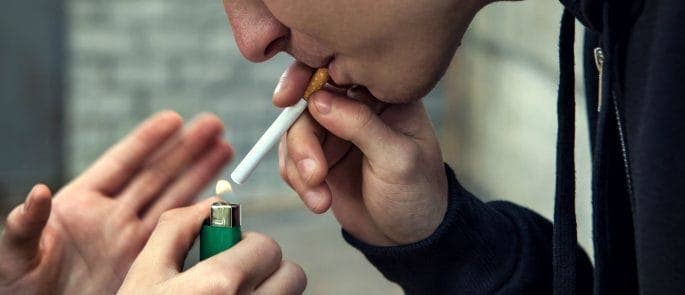
4. Health Issues
It’s not just a child’s behaviour that can change if they’re caught up in CSE, but their physical and mental health can also suffer. Warning signs to look out for include:
- An eating disorder.
- Evidence of self-harming.
- Unexplained injuries or bruises.
- Sexually transmitted diseases (STDs) or urinary tract infection.
- Unexplained stomach pains or vomiting.
- Pregnancy or pregnancy tests.
- Depression or anxiety.
Is It Exploitation?
You may have recognised that a child is behaving differently, or that they have a health issue that you’re concerned about, but you may not realise or be able to identify that it’s as a result of sexual exploitation. There’s no single, definitive sign that can tell you if abuse is happening, and sometimes it takes a combination of factors for the truth to become appear.
What’s more, in an abusive situation young people rarely tell adults, no matter how close your relationship is with the child.
Sometimes a child is sexually exploited by human traffickers within an organised crime network. This makes it harder for adults to form a relationship with the child and spot a problem. This is because organised crime groups often move children to another location and school before adults can identify a problem. Trafficked children show many of the same health issues, but you won’t be able to spot behavioural changes. Therefore, it’s a good idea to get to know the specific signs of human trafficking and modern slavery.

For this reason, it is essential you understand how to spot the possible warning signs and report your worries to the relevant authorities if anything becomes a cause for concern. For example, have you seen a child hanging around with people you don’t know? Have they received a new phone and won’t tell you where it’s come from? Have they developed an unexplained health problem? Is their behaviour getting them in trouble with school or the police?
Of course, none of these signs is concrete evidence of child sexual exploitation, especially if they appear in isolation. In fact, many of the warning signs listed within this article are part of typical teenage life.
It’s only when warning signs accumulate, or many people share the concern that the full picture becomes clear.
Further Resources:
- Child Safeguarding Quiz
- Understanding Why Children May Not Disclose Abuse
- Child Protection Body Map
- Child Sexual Exploitation Awareness
- Child Exploitation Quiz
- Methods of Human Trafficking and Recruitment
- Child Sexual Abuse: Guidance for Schools
- Signs of Abuse in Children
- Understanding Why Children May Stay Quiet About Abuse
- What is an Early Help Assessment?
- What is Cuckooing?


